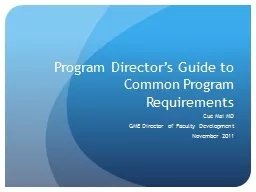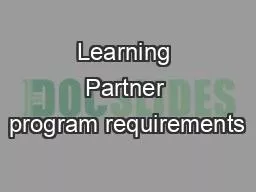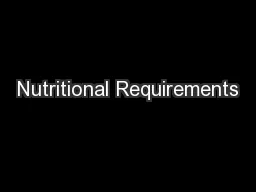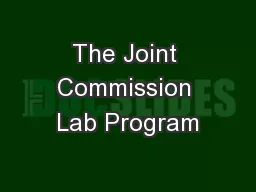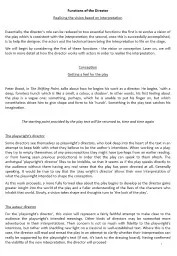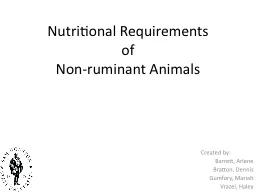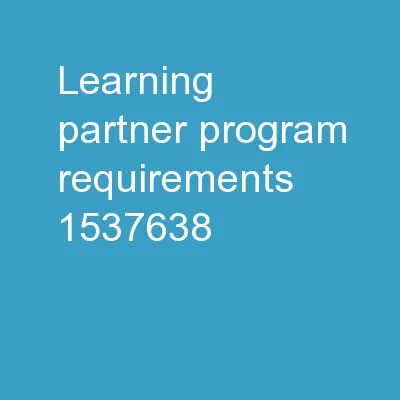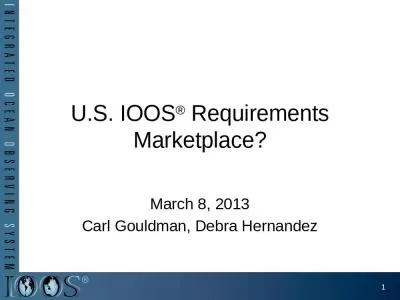PPT-Program Director’s Guide to Common Program Requirements
Author : phoebe-click | Published Date : 2020-01-06
Program Directors Guide to Common Program Requirements Cuc Mai MD GME Director of Faculty Development November 2011 Goals amp Objectives Improve indepth understanding
Presentation Embed Code
Download Presentation
Download Presentation The PPT/PDF document "Program Director’s Guide to Common Pro..." is the property of its rightful owner. Permission is granted to download and print the materials on this website for personal, non-commercial use only, and to display it on your personal computer provided you do not modify the materials and that you retain all copyright notices contained in the materials. By downloading content from our website, you accept the terms of this agreement.
Program Director’s Guide to Common Program Requirements: Transcript
Download Rules Of Document
"Program Director’s Guide to Common Program Requirements"The content belongs to its owner. You may download and print it for personal use, without modification, and keep all copyright notices. By downloading, you agree to these terms.
Related Documents

